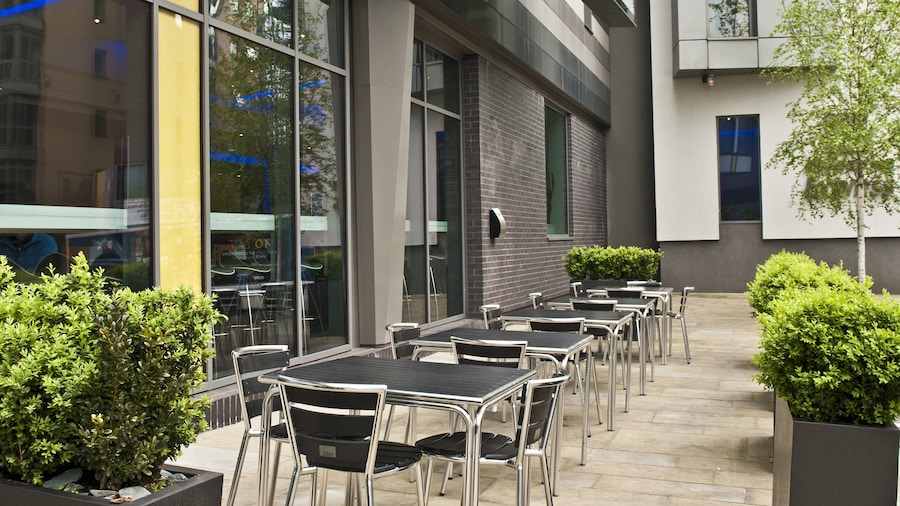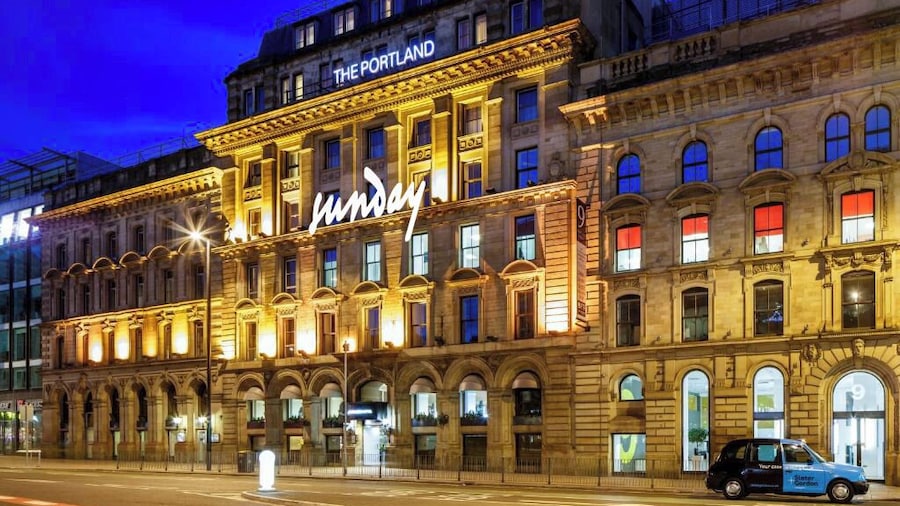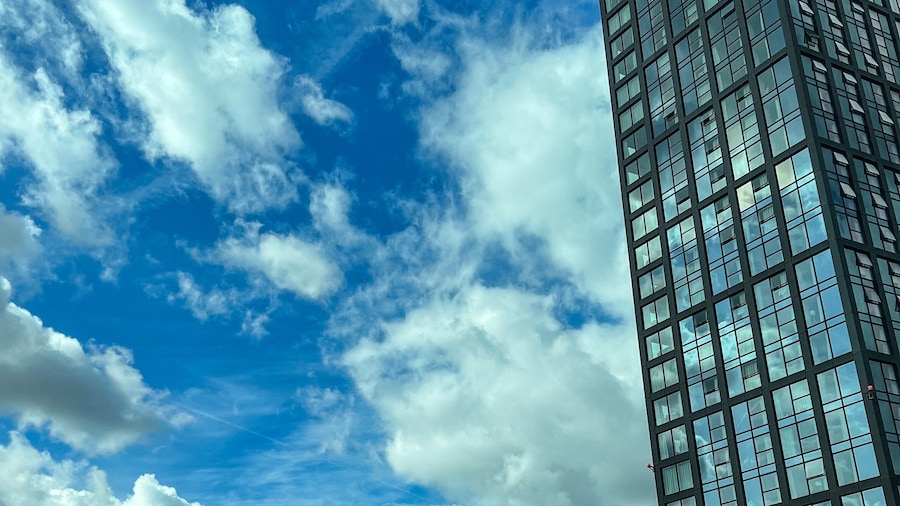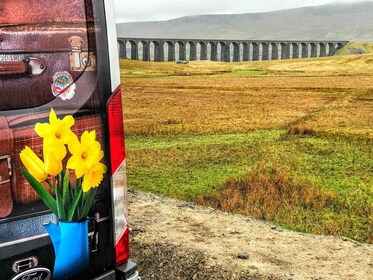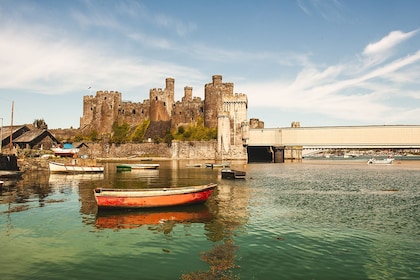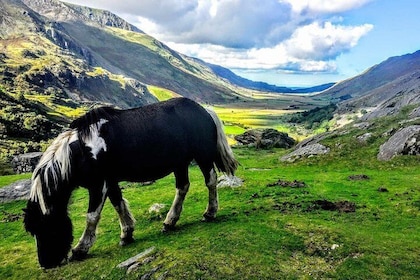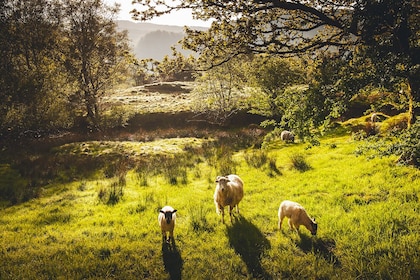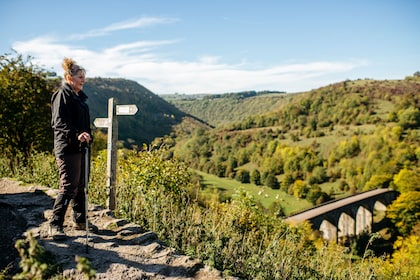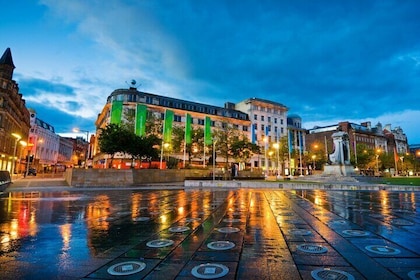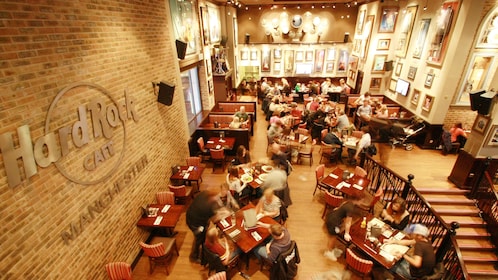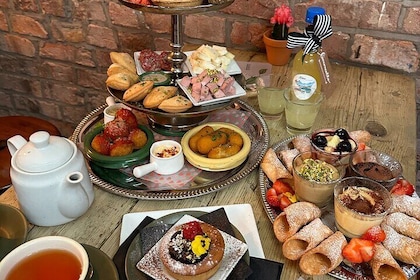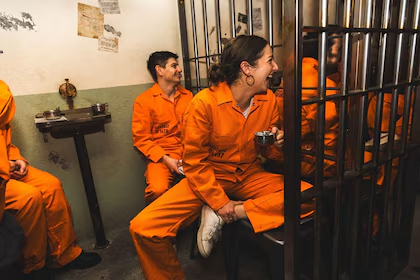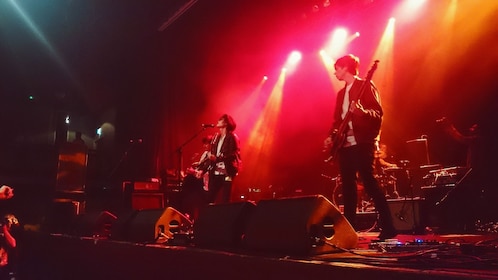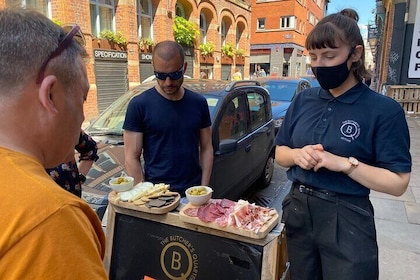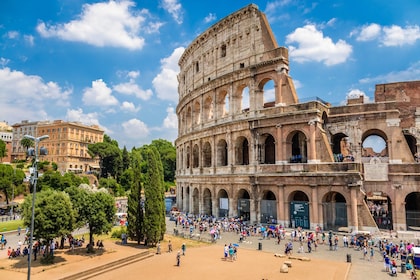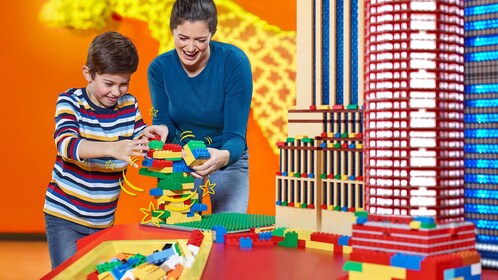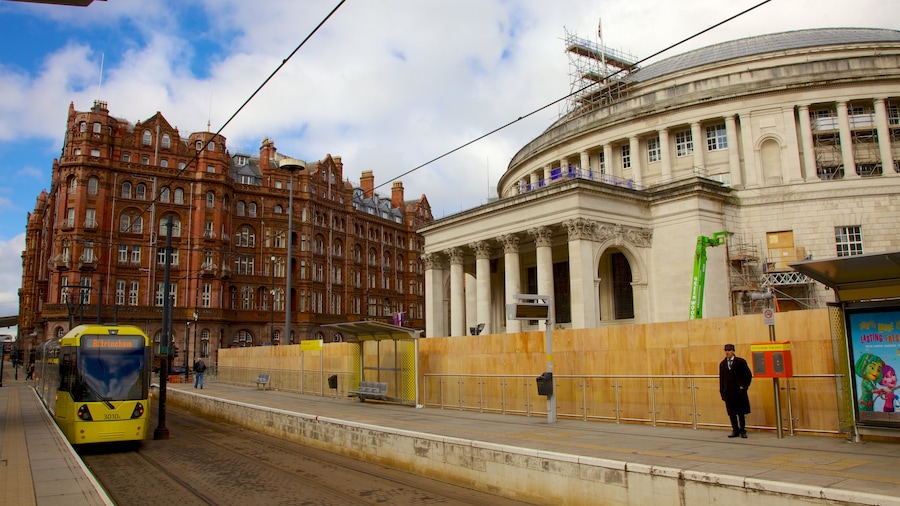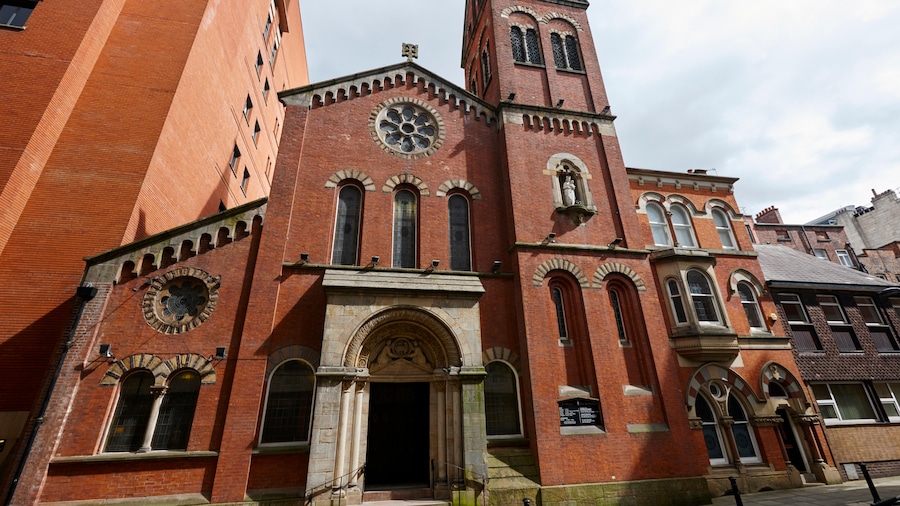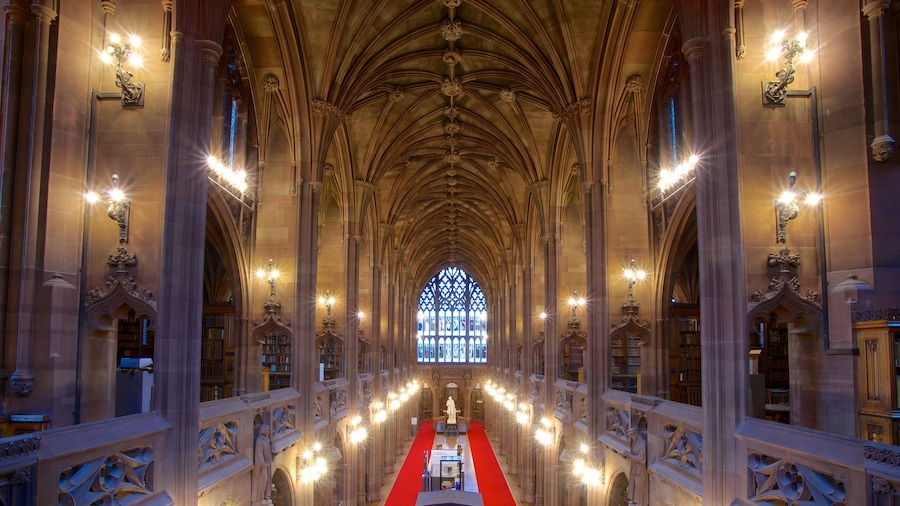Housing various works of art and home to the offices of the City Council, Manchester Town Hall is an impressive Victorian building.
Manchester Town Hall’s beautiful exterior gives pride of place to Great Abel, a 87-metre bell tower which is often referred to as Manchester’s answer to London’s Big Ben. The building mainly houses offices and ceremonial rooms, including the imposing Great Hall. Designed by the famous architect Alfred Waterhouse, the beautiful Great Hall was completed in 1877 and was built in a neo-Gothic Victorian style. Waterhouse also designed another iconic Manchester building, the Manchester Museum.
The Great Hall and the Sculpture Room house a variety of artistic, cultural and historical treasures and artefacts. Wander around these rooms and appreciate the pieces yourself, or join one of the free guided tours if you want to get a deeper understanding of the pieces. Head upstairs with your camera for a fabulous view of the vaulted ceilings.
The Great Hall also contains the Ford Maddox Brown murals – 12 paintings that depict the history of education, science, trade and the textile industry of Victorian Manchester, as well as the Roman foundations of the city. The Sculpture Hall is home to an interesting collection of statues and busts of important local figures, including the chemist John Dalton and the acclaimed physicist James Prescott Joule.
Admire the floor mosaic just outside the Great Hall – the intricate pattern of bees depicts the efforts of labour and industry, and this creature also features on Manchester’s coat of arms. Turn your face skywards to see the names of every lord mayor and chair of the council since 1838 inscribed on the glazed skylight above you.
The Manchester Town Hall is centrally located and overlooks Albert Square, making it easily accessible by bus, tram or taxi. If you come by car, you can park at the nearby National Car Parks (NCP) car park, which charges a fee. Bear in mind that the Sculpture Hall is only open on weekdays, as is the café.





